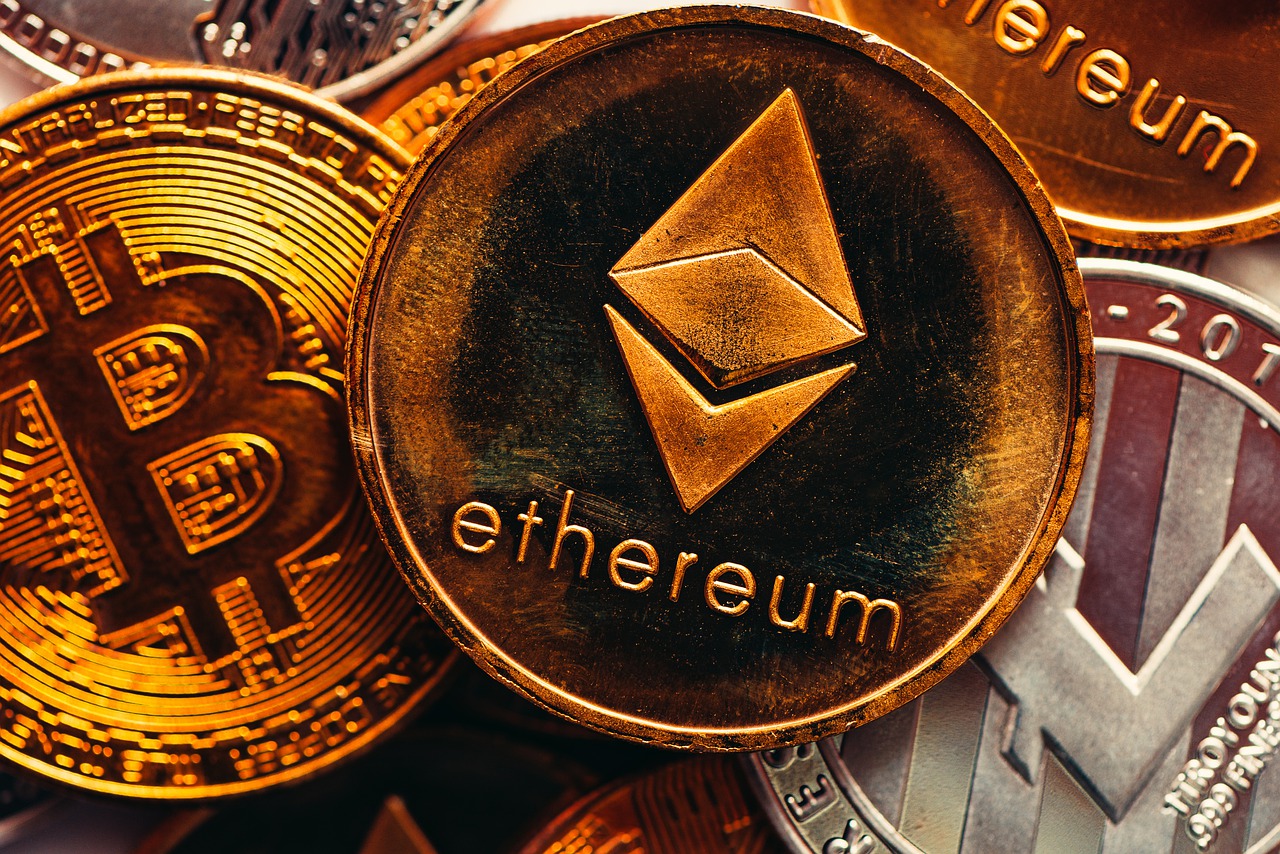BNB and ONT: What Does 2022 Unveil for Them?
Binance Coin (BNB) and Ontology (ONT) are two cryptocurrencies that emerged in China in 2017. Both coins have significant histories that are linked to their success.
BNB was originally an ERC-20 token on the Ethereum blockchain before becoming the native coin of the Binance Smart Chain. Today, BNB is becoming more popular, piquing the interest of investors. The only problem is that market volatility forces these investors to convert BNB to other coins as well, for example, BNB to MATIC. Although BNB rose in value from 10 cents per coin on its launch day in July 2017 to a high of $690 in May 2021, it now trades at around $400.
Ontology (ONT) began as a component of the NEO blockchain. It focused on data privacy, identity management, and the seamless integration of blockchain technology into business operations. ONT was first listed on exchanges in March 2018 and traded for around $2 before reaching an all-time high of $11 on May 3, 2018. However, it has steadily declined since then and is now trading at around $0.5.
This article will discuss these two coins as well as their investment potential.
Understanding Binance in 2022
Binance works like most exchanges, wherein you can buy and exchange cryptos. Binance also offers margin and futures trading, and you can also earn interest on your crypto holding. Binance is popular with traders due to having over 500 different cryptocurrencies. The platform can process up to 1.4 million transactions per second and currently offers one of the cheapest transaction fees.
BNB — Best Crypto for Long-Term
The high trade volume and liquidity of Binance positively reflect on BNB. Cheaper fees and other incentives are given to traders using BNB on the platform. To ensure that the BNB is less volatile, Binance intends to quarterly buyback and burn up to 50% of the 200 million BNBs created to make it scarce and drive up its value.
Additionally, unlike other public blockchains, Binance exercises complete control over its blockchain. The exchange can select and remove any of the 21 validators on the network. This level of control and its Proof-of-Authority model makes its digital assets less volatile and stable like securities.
Ontology: Positive Development
ONT, the native coin that powers Ontology, began as a NEP-5 token on the NEO blockchain. It was created by Onchain, the Chinese company behind the NEO blockchain. The token is used as a governance token and a reward for staking on the blockchain, yielding up to 2.5% returns.
ONT had no initial coin offering (ICO) at launch. Instead, a private sale was reportedly carried out, and most of the rest were airdropped to users on the NEO blockchain. However, the coin is available on most exchanges and can be purchased even with unpopular coins, like in this MCO to ONT pair. Another distinctive feature of ONT is that it is indivisible and only exists in whole numbers like 1, 2, 3, etc.
New Partnerships
Ontology has actively pursued partnerships with different companies to expand its business. In 2021, it announced a partnership with AP.LLC, a leading Japanese IT Solutions provider. The partnership will leverage the growth of cryptocurrency and blockchain companies in Japan.
Ontology also partnered with ROCKI, a music streaming and music NFT platform. The partnership became necessary because of the fraud by users who sell the work of original content creators. Ontology’s Decentralized Identity (DID) registration technology can verify creators’ identity and append a public stamp of approval to such creators.
Ontology has collaborated with MicroWorkers(MW), a freelance marketplace, by integrating the ONTO wallet into the platform. Additionally, freelancers can share their history, score, and performance rating using ONT ID.
Besides the above, Ontology has entered partnerships with Patract Labs, Daimler Mobility Partners, etc.
Conclusion
BNB’s strength lies in the incentives and stability of Binance, which could increase its price to nearly $600 this year. For ONT, experts predict it to reach an average of around $0.70 by the end of the year. However, support from the Chinese government and securing partnerships are key to its long-term growth.

